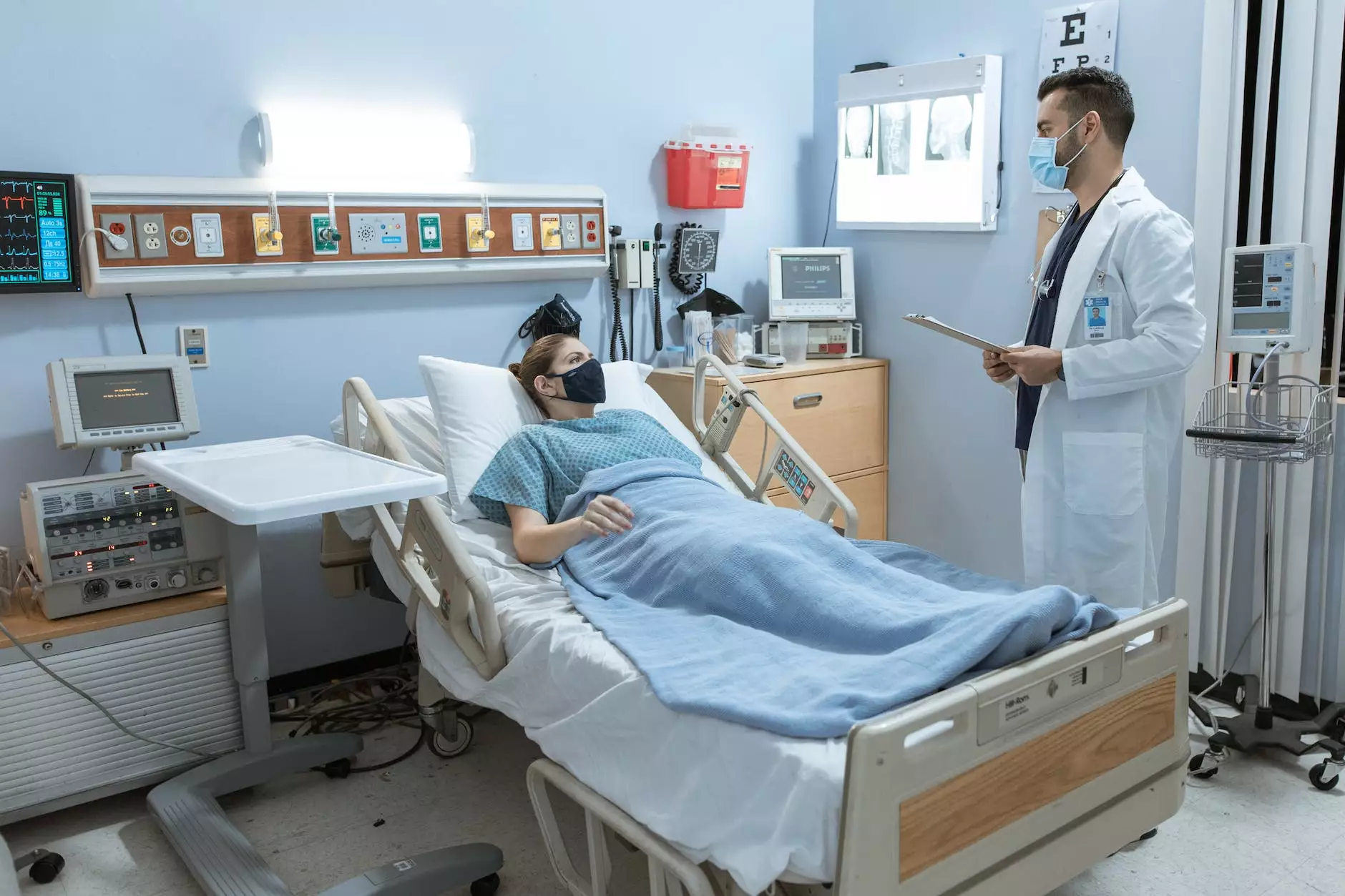Revolutionizing Renal Care: The Rise of the Dialysis Bus

Introduction to the Dialysis Bus
In recent years, the concept of healthcare delivery has taken on new dimensions, particularly in the field of renal care. The dialysis bus is an innovative solution that brings critical medical services directly to patients in their communities. This article will delve into the workings of dialysis buses, their benefits, and their role in transforming the landscape of healthcare.
The Need for Accessible Dialysis Services
Chronic kidney disease affects millions of individuals globally, requiring the need for regular dialysis treatments to maintain health. Traditionally, patients must travel to medical centers for this essential service, which can be a significant burden, particularly for those in rural or underserved areas. The dialysis bus addresses this challenge head-on.
- Increased Accessibility: By creating mobile dialysis units, healthcare providers can reach patients who otherwise might struggle to obtain these life-sustaining treatments.
- Convenience: Patients no longer need to worry about transportation logistics, allowing them to focus on their health and wellbeing.
- Time-Saving: With services available close to home, patients can save time on travel, making it easier to fit treatments into their busy lives.
How does a Dialysis Bus Operate?
The design and operation of a dialysis bus are rooted in providing a healthcare experience that is both efficient and patient-centered. Here’s how it works:
1. Mobile Facility Design
A typical dialysis bus is equipped with all the necessary medical technology and staff to provide dialysis treatments, including:
- Dialysis Machines: These are integrated within the bus, allowing for multiple patients to receive treatment simultaneously.
- Comfortable Seating: The interior of the bus is designed for patient comfort, ensuring a pleasant experience during treatments.
- Medical Staff: Trained personnel accompany the bus to administer treatment, monitor vital signs, and answer any patient questions.
2. Scheduled Routes
Just like public transportation, dialysis buses operate on scheduled routes. This allows patients to know exactly when and where they can access their treatment. Some important aspects include:
- Regular Stops: The service makes scheduled stops at neighborhoods, community centers, and other strategic locations.
- Flexible Timings: Depending on community needs, buses may operate during different hours to accommodate working patients.
Benefits of the Dialysis Bus Model
The adaptation of the dialysis bus model presents numerous advantages for both patients and healthcare providers:
Improving Patient Quality of Life
Patients receiving dialysis can experience significant lifestyle improvements through increased accessibility:
- Reduced Stress: By eliminating the hassle of travel and the anxiety that often accompanies it, patients experience less stress.
- Social Interaction: The mobile setting promotes connection and camaraderie among patients, which can enhance emotional well-being.
Healthcare System Efficiency
For healthcare providers, the dialysis bus model offers several operational benefits, such as:
- Resource Optimization: By reaching multiple patients in one trip, providers can maximize their resources and extend their services.
- Data Collection: Mobile units allow for real-time data management to continuously improve services.
Challenges and Considerations
While the dialysis bus concept is promising, it is essential to address the challenges that may arise, such as:
- Regulatory Compliance: Adhering to healthcare regulations and standards is crucial to maintaining patient safety.
- Funding and Sustainability: Developing a business model that allows for the ongoing operation of these services requires careful financial planning.
- Community Awareness: Educating communities about the availability of these services is vital to maximizing the benefit of dialysis buses.
Innovative Case Studies: Success Stories
Many healthcare providers have successfully implemented dialysis bus programs across the country and beyond. Some noteworthy examples include:
1. Urban Outreach Initiatives
In urban areas, buses have been deployed to serve communities with limited access to treatment facilities. These initiatives not only provide care but also enhance community outreach efforts.
2. Partnerships with Local Organizations
Collaboration between healthcare providers and local organizations can amplify the reach of the dialysis bus model, leading to better health outcomes.
The Future of Dialysis Services
The dialysis bus is not just a temporary solution; it represents a shift towards more responsive and accessible healthcare. Looking forward, we can expect:
- Technological Advancements: As technology evolves, so too will the capabilities of these mobile units, integrating more advanced dialysis equipment and patient monitoring tools.
- Expansion of Services: Future iterations of the dialysis bus may include additional services such as nutritional counseling and mental health support.
Conclusion
The introduction of the dialysis bus marks a significant step forward in the accessibility and quality of renal care. By prioritizing patient convenience and adapting to the needs of communities, this innovative approach not only enhances the healthcare delivery system but also improves the lives of those affected by chronic kidney disease. As we look to the future, the potential of mobile healthcare solutions promises to lead the way towards a more inclusive and patient-centered approach to medical care.









